A body is projected up along an inclined plane from the bottom with speed V1. If it reaches the bottom of the plane with a velocity V1 find (v1/v2) if θ is the angle of inclination with the horizontal and μ be the co-efficient of friction.Solution in Telugu
sinθ+μcosθsinθ−μcosθ
√sinθ+μcosθsinθ−μcosθ
cosθ+μsinθcosθ−μsinθ
√cosθ+μsinθcosθ−μsinθ
The correct Answer is:B
Step by step video, text & image solution for A body is projected up along an inclined plane from the bottom with speed V_(1). If it reaches the bottom of the plane with a velocity V_(1) find (v _(1)//v_(2)) if theta is the angle of inclination with the horizontal and mu be the co-efficient of friction. by Physics experts to help you in doubts & scoring excellent marks in Class 11 exams.
Updated on:21/07/2023Topper's Solved these Questions
- FRICTION BOOK - AAKASH SERIESCHAPTER - FRICTION EXERCISE - LECTURE SHEET EXERCISE- III (INTEGER TYPE QUESTIONS)
2 Videos
- FRICTION BOOK - AAKASH SERIESCHAPTER - FRICTION EXERCISE - LECTURE SHEET EXERCISE- IV (STRAIGHT OBJECTIVE TYPE QUESTIONS)
6 Videos
- FRICTION BOOK - AAKASH SERIESCHAPTER - FRICTION EXERCISE - LECTURE SHEET EXERCISE- II (INTEGER TYPE QUESTIONS)
1 Videos
- FLUID MECHANICSBOOK - AAKASH SERIESCHAPTER - FLUID MECHANICSEXERCISE - Questions for Descriptive Answers
14 Videos
- GAUSS.S LAW BOOK - AAKASH SERIESCHAPTER - GAUSS.S LAW EXERCISE - PROBLEMS (LEVEL - II)
12 Videos
Similar Questions
A wedge of mass 2m and a cube of mass m are shown in figure. Between cube and wedge, there is no friction. The minimum coefficient of friction between wedge and ground so that wedge does not move is 2×10−x where x is
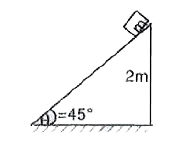
View SolutionA 40kg slab rests on a frictionless floor. A 10kg block rests on top of the slab. the static coefficient of friction between the block and the slab is 0.60 and The coefficient kinetic friction between the block and the slab is 0.40. A horizontal force of 100N is applied on the 10kg block. Find the resulting acceleration of the slab. (g=10ms−1)
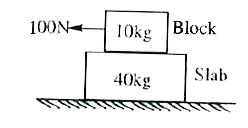
View SolutionA body is pushed against vertical wall as shown. If the coefficient of friction between the body and the wall is 0.5, the magnitude of acceleration of the block is 10 K. Where K is
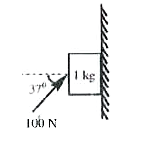
View SolutionA U-tube of base length I filled with same volume of two liquids of densities ρ and 2ρ is moving with an acceleration a on the horizontal plane. If the height difference between the two surfaces (open to atmosphere)becomes zero,then find height h
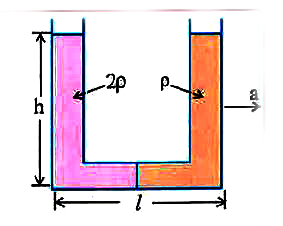
View SolutionA charge q is placed at the centre of the open end of a cyclindrical vessel. Find the flux of the electric through the surface of the vessel.
View SolutionA body is released from the top of a smooth inclined plane of inclination θ. It reaches the bottom with velocity v. If the angle of inclina-tion is doubled for the same length of the plane, what will be the velocity of the body on reach ing the ground .
View SolutionA block is released from the top of an inclined plane of inclination theta . Its velocity at the bottom of plane is v . If it slides down a rough inclined plane of the same inclination , its velocity at bottom is v//2 . The coefficient of friction is
View SolutionA body slides down a smooth inclined plane of height h and angle of inclination 30∘ reaching the bottom with a velocity v.Without changing the height, if the angle of inclination is doubled, the velocity with which it reaches the bottom of the plane is
View SolutionA body is projected up along an inclined plane from the bottom with speed is 2v .If it reaches the bottom of the plane with a velocity v ,if theta is the angle of inclination with the horizontal and mu be the coefficient of friction.
View SolutionTwo bodies AandB are projected from the same place in same vertical plane with velocities v1andv2.Form a long inclined plane as shown Find the ratio of their times of flight.
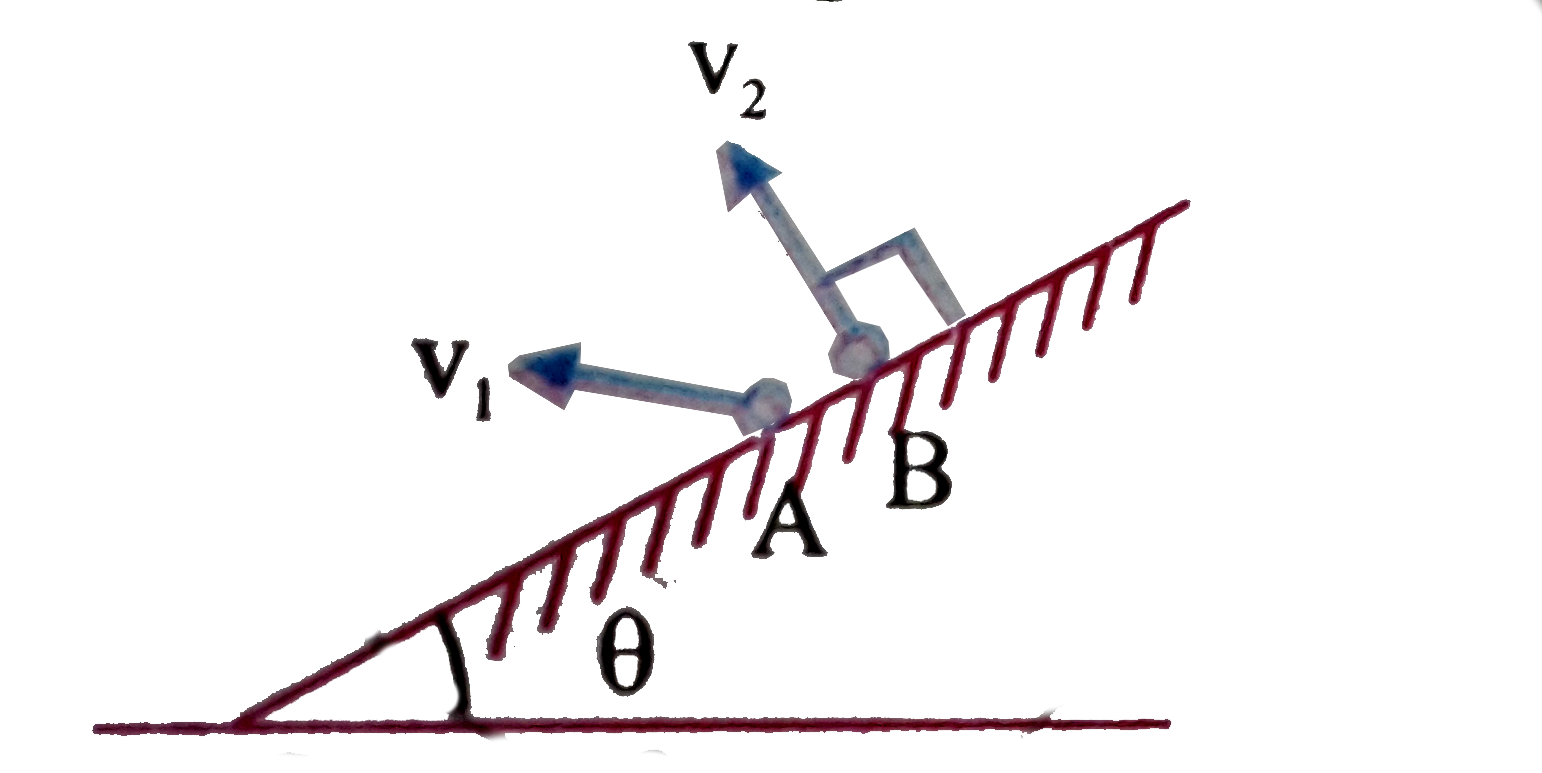
View SolutionA smooth inclined plane is inclined at an angle θ with the horizontal. A body starts from rest and slides down the inclined surface. The time taken by the body to reach the bottom is
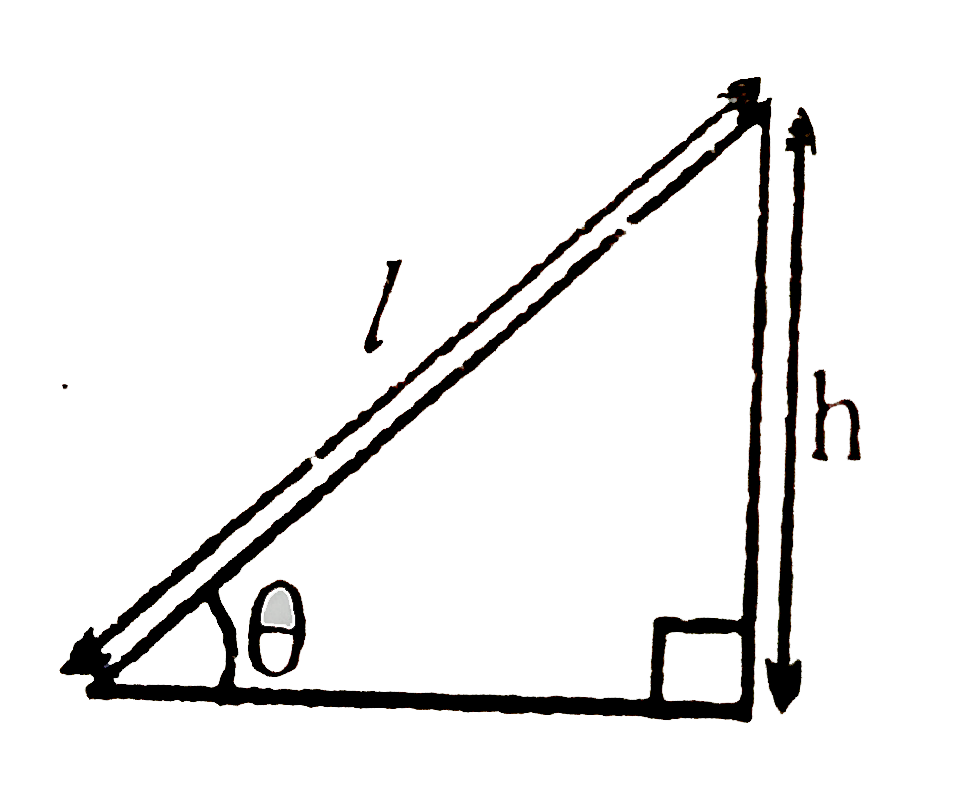
View SolutionA projectile is projected on the inclined plane as shown V_(1)&V_(2) are components of it's initial velocity along the incline and perpendicular to incline and V_(3) & V_(4) are components of it's final velocity along the incline and perpendicular to incline. {Here we are comparing the magnitudes only}
View SolutionA block is projected with velocity v_(0) up the inclined plane from its bottom at t=0 . The plane makes an angle theta with the horizontal. If the coefficient of friction between the block and the incline is mu = tan alpha(alpha gt theta) then fricitonal force applied by the plane on the block for t gt (v_(0))/(g[sin theta+tan alpha cos theta]) will be :
View SolutionAn electron of mass m and charge e initially at rest gets accelerated by a constant electric field E. The rate of change of de-Broglie wavelength of this electron at time t ignoring relativistic effects is
View SolutionWhen a body of mass m slides down from the top of an inclined plane and reaches the bottom its velocity becomes v. When a circular disc of the same mass is rolled down the inclined plane it acquires a velocity v_(1) . Show that , v_(1) = sqrt((2)/(3))v .
View Solution
